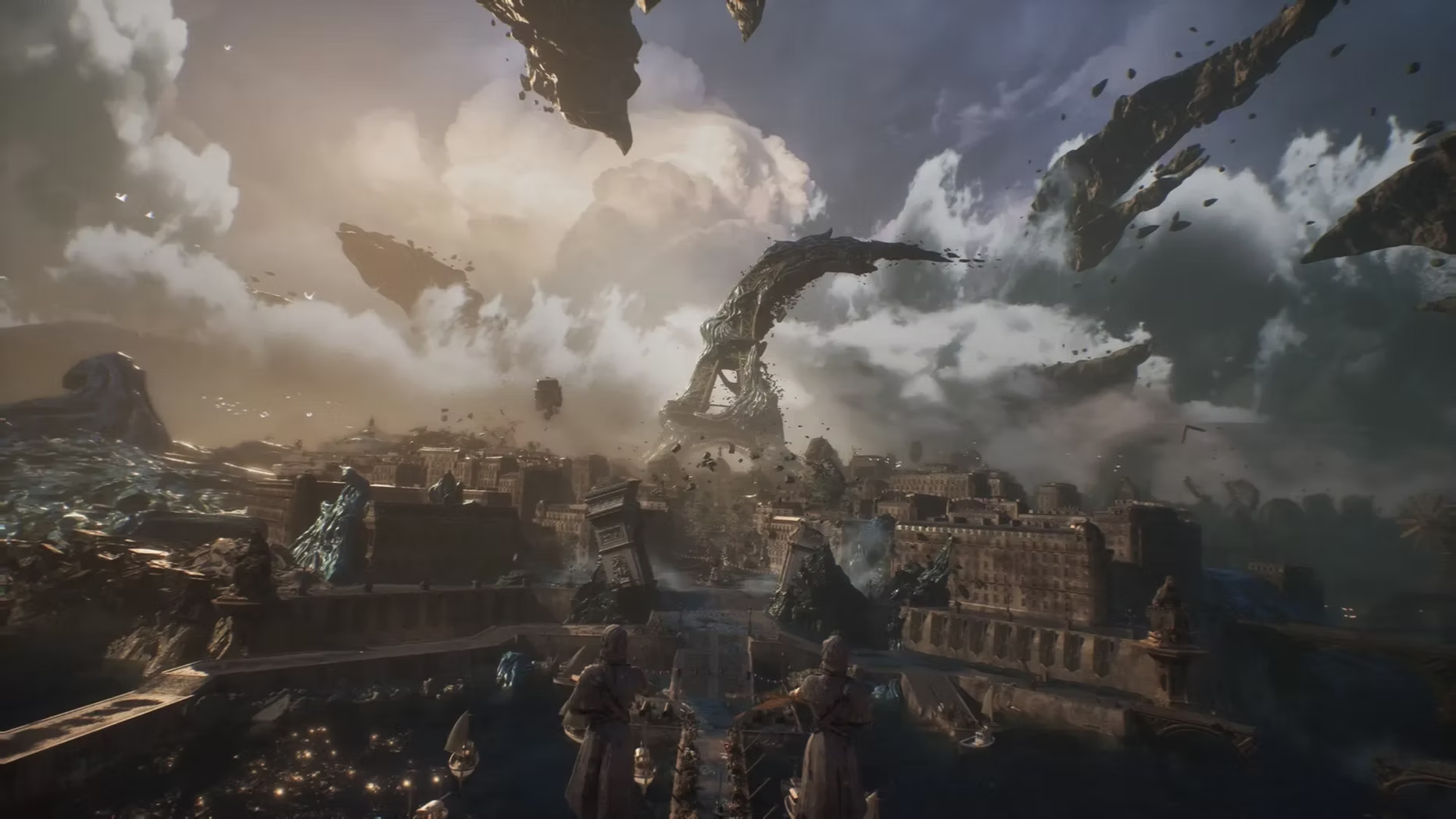Spoilers ahead!
Clair Obscur: Expedition 33 is a deeply thoughtful game that I recommend playing at least once. You should experience this work of art for yourself first!

Clair Obscur: Expedition 33 is a turn-based RPG with real-time mechanics developed by the French studio Sandfall Interactive and published by Kepler Interactive. It heavily features a Belle Époque setting, taking frequent inspiration from French influences.
Once a year, the Paintress wakes and paints upon her monolith. Paints her cursed number and everyone past that age turns to smoke and fades away.
Year by year, that number ticks down and more of us are erased. Tomorrow she’ll wake and paint “33.” Tomorrow we depart on our final mission - Destroy the Paintress, so she can never paint death again.
We are Expedition 33.
The game at its core poses you a question about grief, family trauma, and healing. It leaves it up to you to decide, ultimately holding up a mirror that reflects your perspective of grief through the choices you make.
There seems to be two layers to this game when I think about it: there’s the game on the surface, where we talk about:
- the surface-level plot of the Expeditioners and their quest to end the suffering of the people of Lumiére
- the combat mechanics of the game — turn-based RPG with a points (AP) system, skill trees, and unique character playstyles
On a deeper note, there exists the lore of the game; the true “why”s behind the game and the world(s) revolving it:
- the true nature of Lumiére and its world, about the Paintress and her role in the world
- the quasi-supernatural family of Verso, Alicia, and Renoir
- how different people can have vastly different methods to cope with a major loss
Spoilers ahead!
Endgame spoilers below. You’ve been warned!
The endgame sets up a deeply human depiction of the Dessendre family, now collapsed years after the fire incident that claimed the life of Verso Dessendre. Each family member represents an immense version of pain, and they each tackle the loss in their own ways:
- Aline dives into Verso’s Canvas and becomes the Paintress, running away from the pain of the real world and Painting a copy of her family — one seemingly unaffected by pain. She represents bargaining; in her grief, she attempts to lessen it by painting a new reality at the cost of herself in the real one.
- Renoir dives into Verso’s Canvas in an effort to save his wife, who spends ever more time lost in her grief within it. Where Aline paints within the Canvas to commemorate memory, Renoir erases in a desperate bid to push her out of it. Renoir roots his pain in reality, forcing others to realise that hiding in fantasy is not the way to be.
- Alicia mirrors Aline; being the last object of sentiment with a slice of Verso’s real soul embedded within, Alicia takes the side that the Canvas must be preserved at all costs, especially given the fact that all the lives in the Canvas are full lives deserving respect of being left alone to live.
The endings of the game are devastating, leaving you the choice between Alicia — who believes the Canvas must be preserved at all costs — or Painted Verso — who believes that, to move on, one has to let go. Though the game frames one choice in a more positive light than the other, both are valid and extremely human ways to cope with loss.